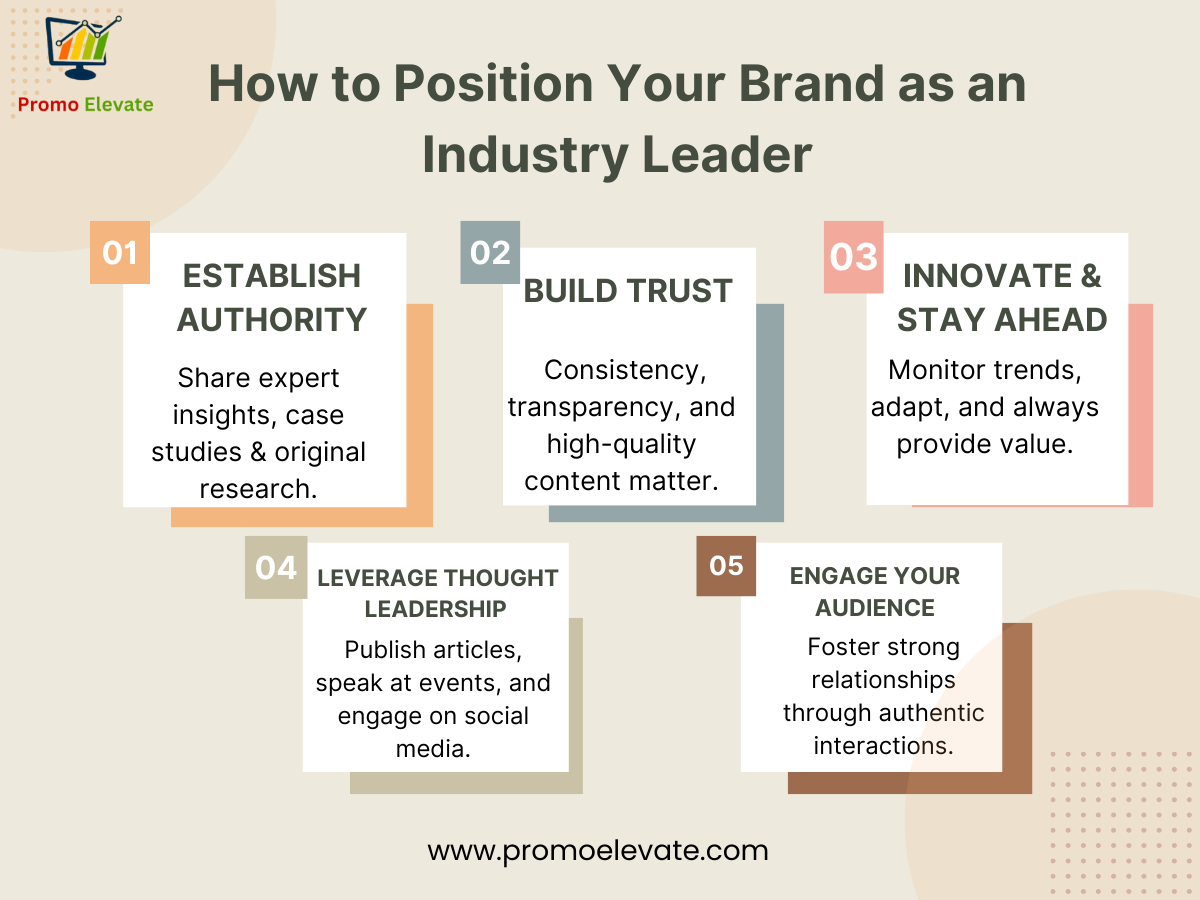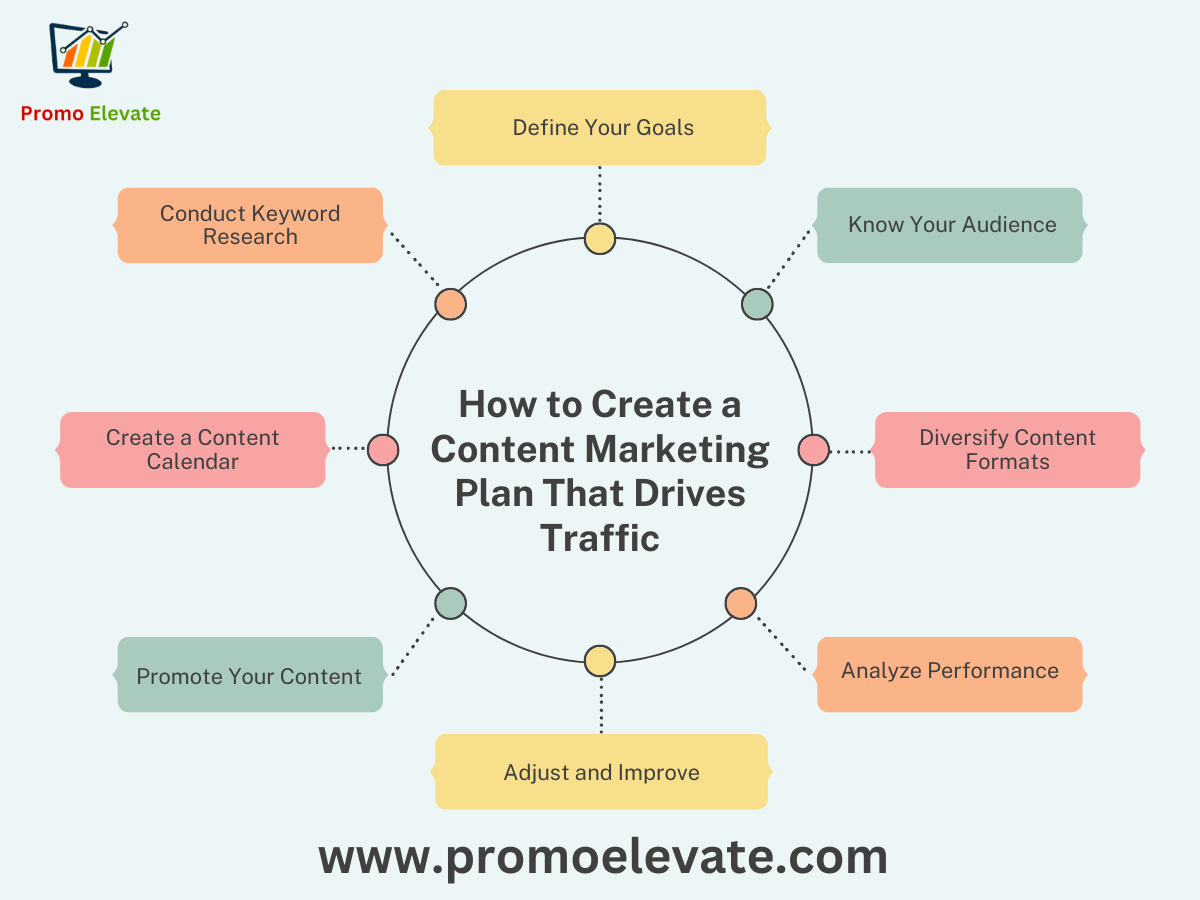How to Craft a High-Converting Sales Funnel

Building a sales funnel is like laying the foundation for a successful business. A well-crafted funnel is the guiding path that turns casual visitors into loyal customers. But it’s not just about the “funnel”; it’s about optimizing each stage to boost conversions, maximize revenue, and deliver an outstanding digital experience.
If you’re wondering how to create a high-converting funnel or want to see actionable sales funnel examples, you’re in the right place. This blog will walk you through the marketing funnel stages, explain essential components like lead magnets and landing pages, and share optimization techniques to turn your funnel into a conversion machine.
What is a Sales Funnel?
A sales funnel represents the buyer’s journey—from when someone learns about your brand to when they purchase (and beyond).
Think of it as a funnel-shaped step-by-step process where:
- The top of the funnel (TOFU): Attract potential customers.
- Mid-Funnel (MOFU): Engage and build trust with prospects.
- Funnel bottom-up (BOFU): Engage those prospects into potential buyers.
Why is a Sales Funnel Crucial for Business Success?
Every business owner, entrepreneur, or marketer has one goal—to convert leads into prospective customers. A high-converting funnel ensures you’re guiding people through every stage seamlessly while minimizing drop-offs.
A well-designed funnel increases the sales process and ensures you provide value at every step, creating a loyal customer base that advocates for your brand.
Conversion Rates That Speak Volumes
- Companies with optimized funnels see 300% more conversions than those without one.
Only 22% of businesses are satisfied with their current funnel conversion rates—leaving immense room for improvement.
Understanding the Main Stages of a Sales Funnel
A powerful sales funnel is broken into three main marketing funnel stages, each tailored to engage leads at specific points in their digital customer journey.
1. Top of the Funnel (TOFU): Awareness
At this stage, your goal is simple: grab attention and build interest. Most people entering your funnel aren’t yet ready to buy, so focus on creating content that educates and entertains.
TOFU Strategies:
- Blog Posts & Social Media: Create informative, share-worthy, relevant content to attract potential leads.
- Paid Ads: Invest in ads targeting a broad audience based on demographics or interests.
- Lead Magnets: Offer free resources like PDFs or free webinars that answer common questions or solve pain points.
Pro Tip: To craft effective TOFU content, understand your target audience. Identify their pain points, interests, and preferences before designing outreach campaigns.
2. Middle of the Funnel (MOFU): Interest & Consideration
Once leads enter your funnel, the next step is nurturing their interest and convincing them you’re the solution. Build trust and provide value here.
MOFU Strategies:
- Webinars & Case Studies: Show how your product solves specific problems or creates success stories for others.
- Email Campaigns: Send personalized, timed content that deepens their interest.
- Interactive Content: Use quizzes, tools, or surveys relevant to their needs.
Engaged leads are more likely to consider your product when their questions are answered and feel connected to your brand awareness.
3. Bottom of the Funnel (BOFU): Decision & Action
Here’s where the magic happens—turning capture leads into paying customers by offering a strong reason to convert.
BOFU Strategies:
- Limited-Time Offers: Urgency drives action, so consider running exclusives like discounts or bundles.
- Free Trials/Demos: Show them how your product or service fits their needs.
Compelling CTAs: Use clear and persuasive calls to action, such as “Sign Up for Free Today!
Key Components of a High-Converting Funnel
Simply defining your marketing funnel stages isn’t enough—each decision stage depends on the strength of its components.
1. Lead Magnet Creation
Lead magnets attract TOFU prospects by offering value upfront. Examples include free eBooks, checklists, or even trials.
Tips for Creating Irresistible Lead Magnets:
- Address specific pain points that align with your target audience.
- Keep the design visually appealing and professional.
- Communicate the value in your title or promo copy.
2. Landing Pages
A well-designed landing page captures leads and pushes them further into your funnel.
Characteristics of High-Converting Landing Pages:
- Strong Headline & Subhead: Hook them instantly.
- Clear Visuals: Use images or diagrams to break up text.
- Persuasive CTA: Make it impossible to resist clicking that button!
For instance, consider successful sales funnel examples like Dropbox or HubSpot. Their landing pages special offer a crystal-clear value proposition and minimal distractions.
3. Email Marketing Campaign
Email marketing is the glue of your funnel. Segment your audience and craft email sequences tailored to their sales funnel stages in the funnel.
Tips for Effective Email Campaigns:
- Personalize the copy—address users by name.
- Use data to optimize the timings of your email list sends.
- Always include a persuasive CTA that encourages the next step.
Funnel Optimization Techniques
No sales funnel is perfect from the start. Optimization is critical for improving better results over time.
A/B Testing
Test variations from landing page headlines to email CTAs to discover what performs best.
Conversion Rate Optimization (CRO) Tools
Platforms like Hotjar, Google Analytics, and Optimizely help you track user behavior in real-time. Use their insights to refine your successful funnel.
Customer Experience Feedback
Your audience is your best resource for improvement. Ask for feedback directly to uncover bottlenecks or frustrations.
Integrating Your Funnel with Other Marketing Efforts
A high-converting funnel isn’t an isolated system—it thrives when paired with broader marketing strategies
Aligning Content Strategy
Your funnel content should reflect your blog, podcast, or YouTube channel themes while linking to offers.
Social Ads and Retargeting
Drive traffic to your funnel using combined organic search and paid social campaigns. Use retargeting to re-engage visitors who didn’t initially convert.
Mistakes to Avoid When Building a Funnel
Even the best funnels can fail if you fall into these common traps:
- Failing to Nurture Leads: Always follow up with meaningful content.
- Overcomplicating the Funnel: Keep it simple to ensure customers flow easily.
Ignoring Mobile Optimization: Ensure everything—from emails to landing pages—works seamlessly on mobile
Bring Your Sales Funnel Vision to Life
Creating a high-converting funnel doesn’t need to be overwhelming. With the right strategy and tools, you can guide your audience through a seamless digital customer journey and boost conversion rates.
Take the first step today. Download a free sales funnel template or explore our digital marketing funnel examples to kickstart your efforts. Your perfect funnel is just a click away!
FAQs
A business’ value is determined by evaluating its financial performance, assets, liabilities, and market conditions. Include:
- Asset-based valuation: Calculating the cost of actual and immaterial resources.
- Earnings multiplier: Using a multiple of the small business’s annual profit.
- Market comparison: Comparing similar businesses sold in the market.
- Discounted cash flow (DCF): Measuring future cash flows and reducing them to their present value.
AI is unlikely to replace CRO completely but will enhance it. AI tools can analyze data, predict user experience behavior, and automate A/B testing, making CRO more efficient. However, human expertise is essential for strategy, creativity, and understanding nuanced customer needs.
Demand generation typically occurs at the top of the funnel (TOFU). The goal is to create awareness and interest in a product or service, attract potential customers, and drive them into the funnel.
Sedgwick is primarily known for claims management and risk solutions. If you’re referring to a customer journey automation platform by Sedgwick, it might involve tools for automating customer interactions and improving experiences. Let me know if you’d like me to research this
To create a customer journey chart on slides:
- Identify key customer journey different stages (e.g., Awareness, Consideration, Purchase, Retention, Advocacy).
- Use a flowchart or timeline format to map touchpoints and interactions.
- Add visuals like icons, arrows, and color coding for clarity.
- Highlight pain points and opportunities for improvement.
To craft a high-converting sales funnel in Shopify:
- Attract traffic: Use SEO, ads, and social media marketing to drive visitors to your online store.
- Engage visitors: Create compelling product pages, offer discounts, and use pop-ups for email capture.
- Convert leads: Simplify the checkout process, offer multiple payment options, and use an abandoned cart recovery email address.
Retain customers: Use email marketing, loyalty programs, and upselling strategies.
The process of crafting a high-converting sales funnel is similar across platforms. It involves:
- Awareness: Attracting potential clients or satisfied customers through ads, content, or social media posts.
- Interest: Engaging them with valuable content or offers.
- Decision: Providing clear CTAs, testimonials, and incentives.
- Action: Simplify the purchase process and follow up with post-purchase engagement.
To create a PDF guide for a high-converting sales funnel strategy:
- Outline the stage of the funnel (Awareness, Interest, Decision, Action).
- Provide actionable tips and examples for each stage.
- Use visuals like diagrams, charts, and screenshots.
- Include a clear call to action at the end to encourage readers to implement the strategies.



